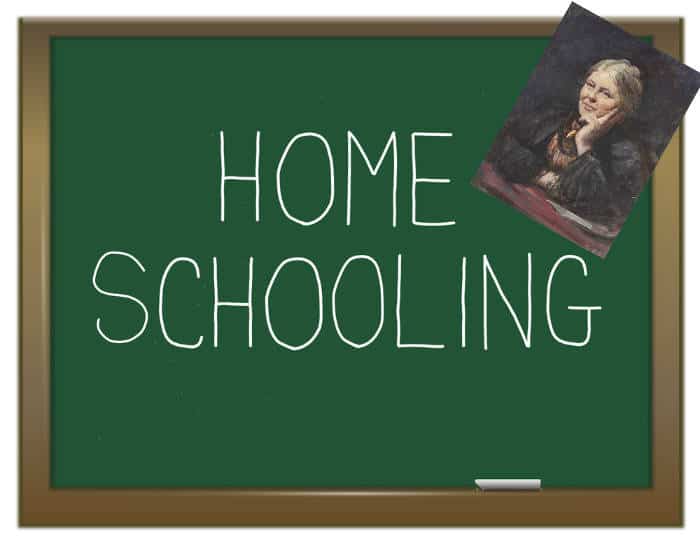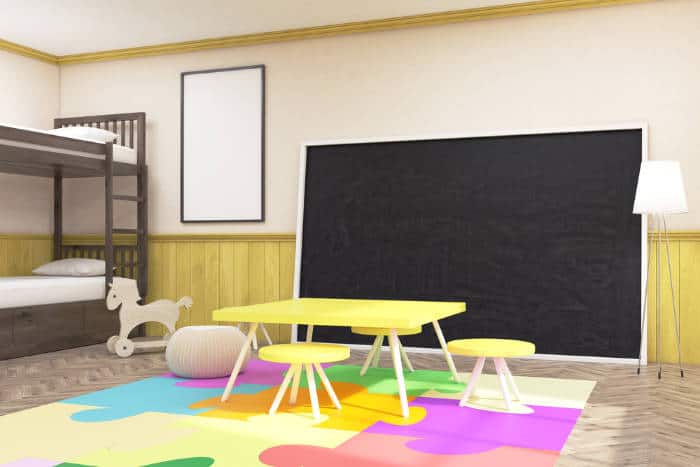Did anyone else grow up using the Hooked on Phonics sets in grade school? I’m a child of the 90’s and we had those charts and posters plastered everywhere along with old school computer games on the big, clunky Dell computers. My kids would consider them antiquities, but hey, it got the job done!
And that’s largely because teaching children to read using letter sounds is extremely effective and creates fluent readers than can learn new words on the fly. Over time, they develop stronger reading skills and quicker recognition skills. They’re also able to pick up on spelling rules and syllabic structures of words as they go.
What is phonics and why is it important?
Phonics is defined as a method of teaching reading by correlating the sounds with letters patterns or groups of letters in an alphabet. In short, it’s the “sound it out” method that so many of us learned in pre-k and kindergarten. By learning the sound of a letter, children can learn to read a word without ever having seen it, as long as they can sound out each letter.
This is important because it unlocks the ability to easily read unfamiliar words and written letters, unlike the sight word method which requires more memorization. It also allows the child to quickly learn syllable structure and builds stronger readers.
Still need some convincing of how great phonics can be for early readers? Let’s check out this expert explanation from We Learn and Grow- Kids on Youtube:
How to teach phonics to kids – A step by step example
Ear training
Essentially, this is the foundation of teaching phonics effectively. It teaches your child that words and language are made up of smaller sounds, or phonemes. You can do this by sounding out words slowly, emphasizing each sound and syllable. An easy way to do this is by reading early reader books and letting your child follow along. Alternately, you may slow down and sound out words in speech or with flash cards.
Your child doesn’t necessarily need to know he or she is “learning.” You can make it new, interesting, and fun. Change up your method until you find a mode your child is intrigued by.
For example, as you read or speak, you might say, “The c-a-t jumped o-v-e-r the t-r-e-e.” The dashes indicate where you slow down and annunciate each individual sound. You would do this over and over until your child understands that when blended, they make a word.
Sounds, not names
While you may be dead set on teaching your child the ABCs with the familiar song, the sounds of the letters are much more important than the names. For example, you would teach your child that the letter A written as /a/ or /ay/ in a word can have the same sound.
Segment and blend
This is the act of breaking words apart by their sounds. For example, you might say “milk” as “m-i-l-k” or “m-ilk,” depending on the level at which your child is operating at. As they become more accustomed to the word, you’ll start to pull the letters back together until they’re seamlessly blended into the word.
Now that you understand the fundamentals of phonics, let’s look at some easy steps you can follow
Introduce vowels (short sounds)
(A, E, I, O, U) Think “A” as in apple or “E” as in egg
Introduce consonants
Sometimes it’s helpful to use flashcards with pictures of words to give hints as they learn
Blend short vowels and consonants
The goal here is to achieve a smooth, blended sound from one letter to the next. It’s normal for your child to say the words with choppy pauses at first. Continue drilling until it becomes one sound.
Blend and reading one vowel words
This is where you take the one vowel and consonant blends you created in step 2, and combine it with another consonant to make a word. (ba+g = bag). Continue practicing until the sounds are smooth and your child can read and recognize them without hesitation.
Introduce long vowels
Be sure your child understands the short vowel sounds before you come to the long sounds. This is where they learn that vowels can have more than one sound. You’ll want them to have a firm understanding of the short sounds to avoid confusion.
Blend long vowels and consonants
Practice blending the long sounds with consonants just as you did before. Remember, you want the sounds to be smooth and without hesitation. Change up the order when you recite them to avoid memorization rather than comprehension.
Blend and read two vowel words
There are a couple special rules when there are two vowels in a word. First, when there is one vowel in a word, it often has a short sound. Second, teach your child that the first vowel often has a long sound, and the second has a short sound. You can also start introducing silent “e” in this step.
Introduce phonics charts and the sounds letters make when two of them stick together (ch, sh, th)
Use phonics charts to review and reinforce sounds and combinations. Charts are also helpful for teaching the trickier two-letter combos such as ch, sh, and th. Keep these charts handy so your child can refer back to them as necessary.







